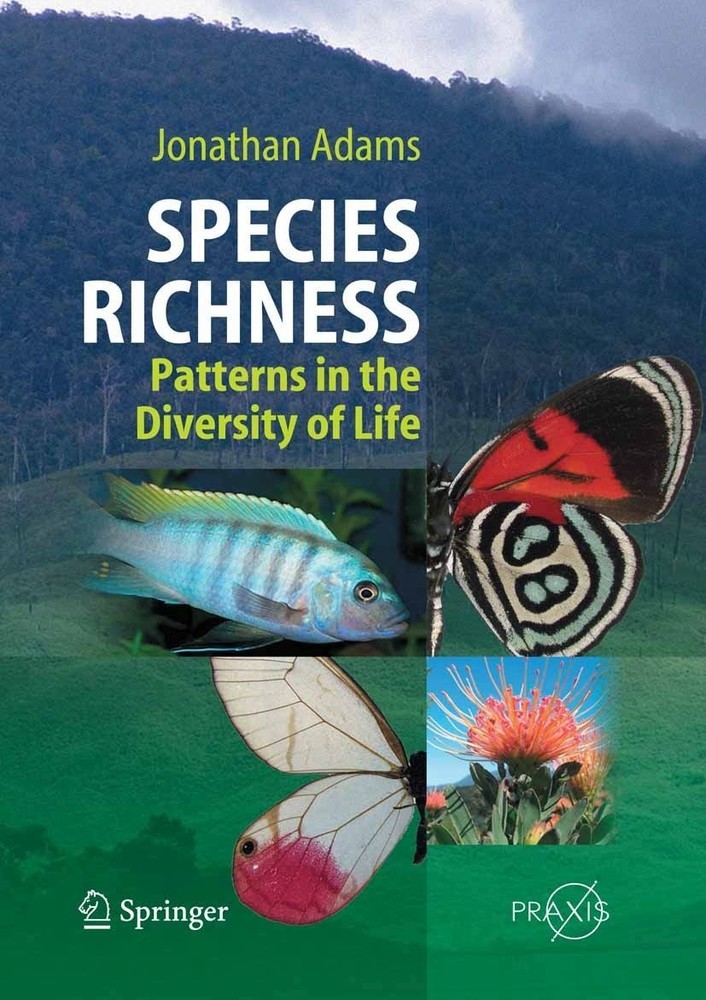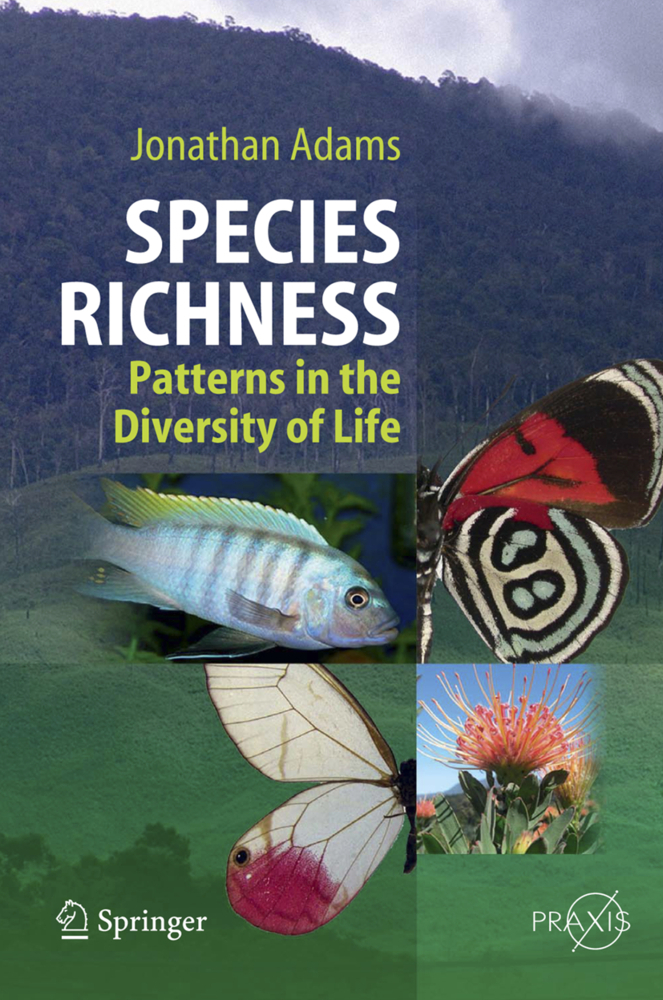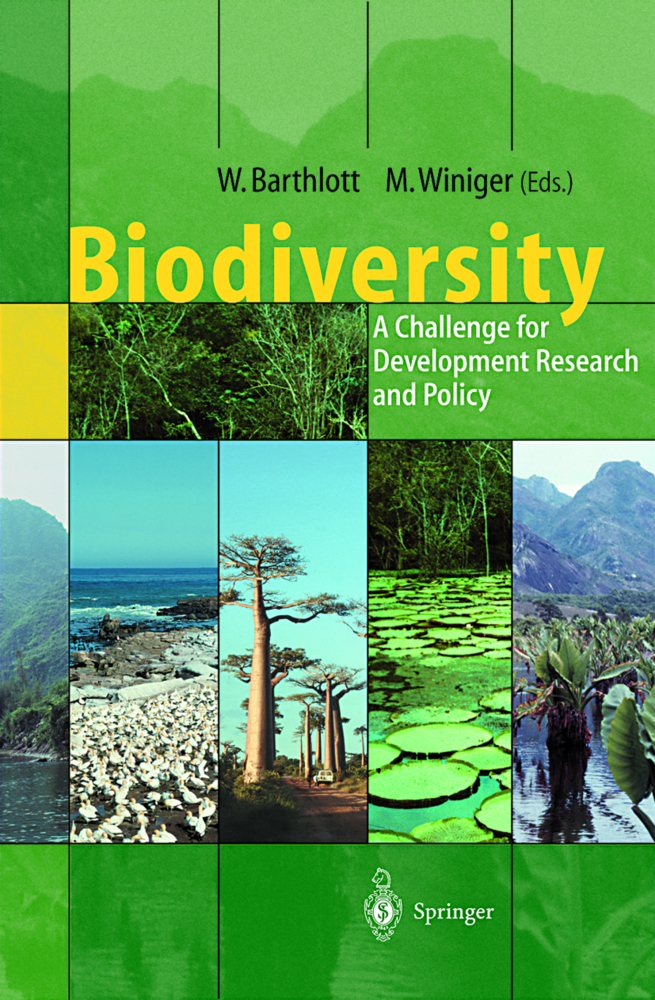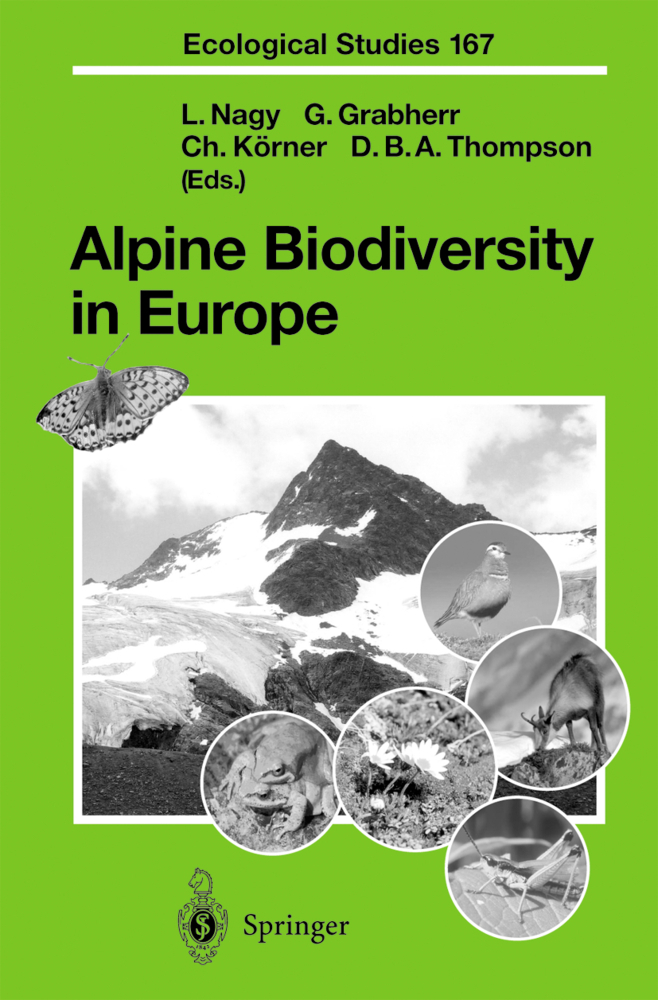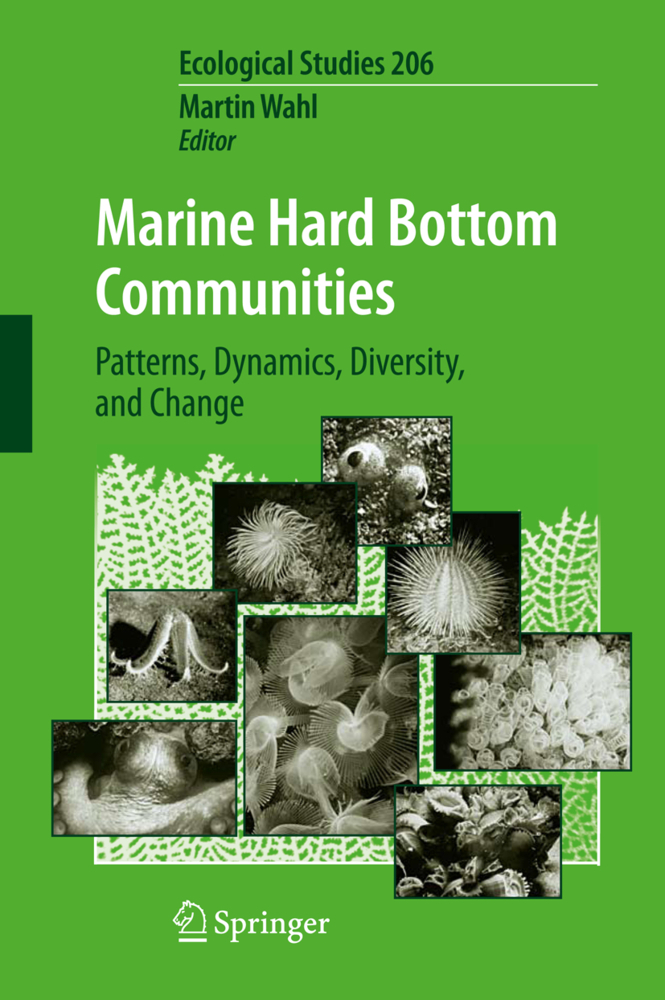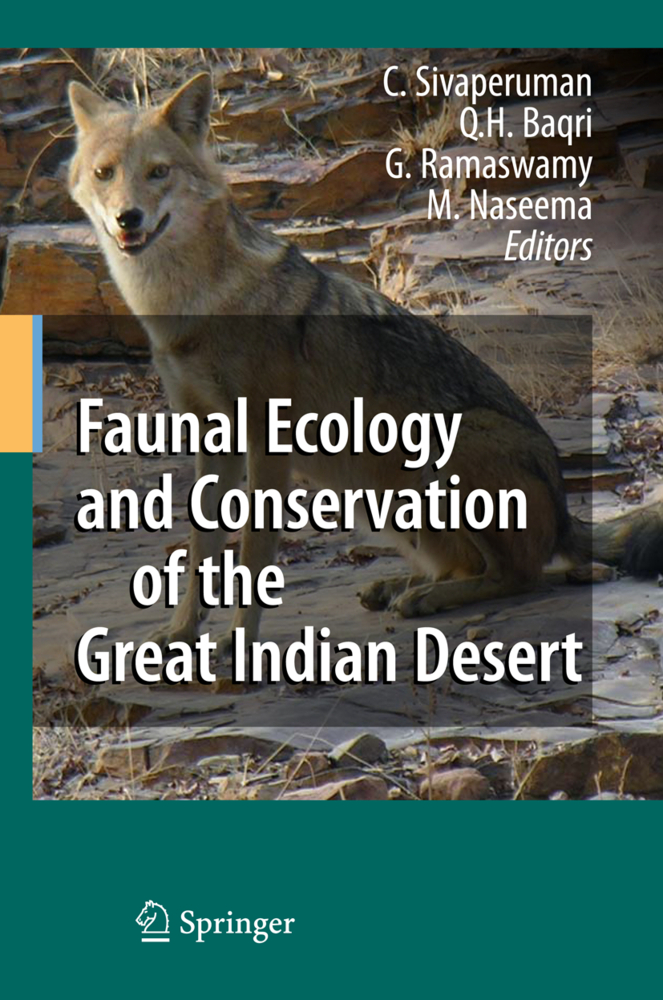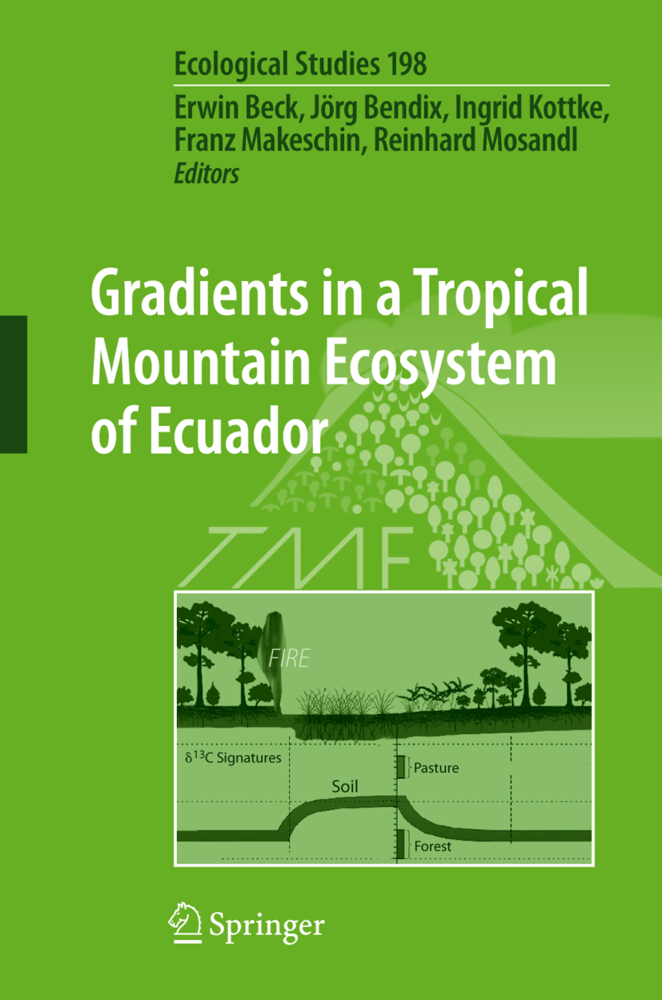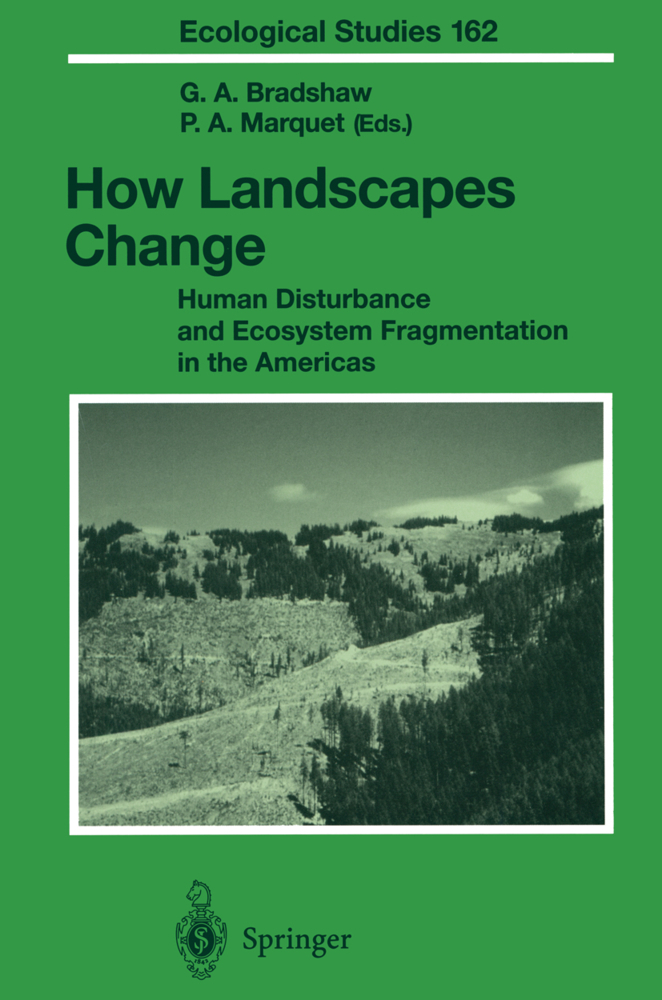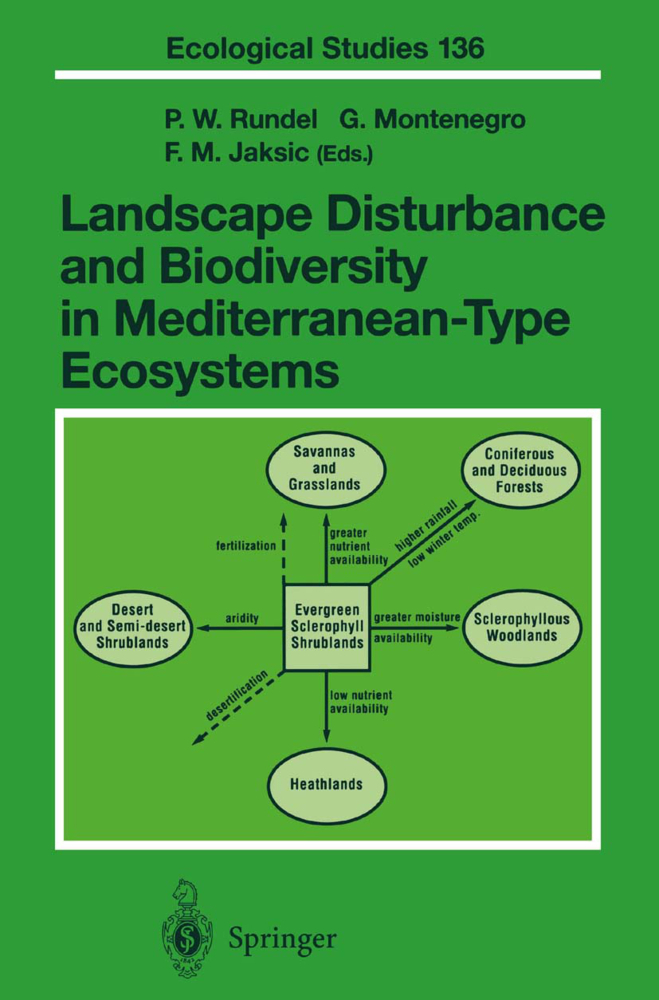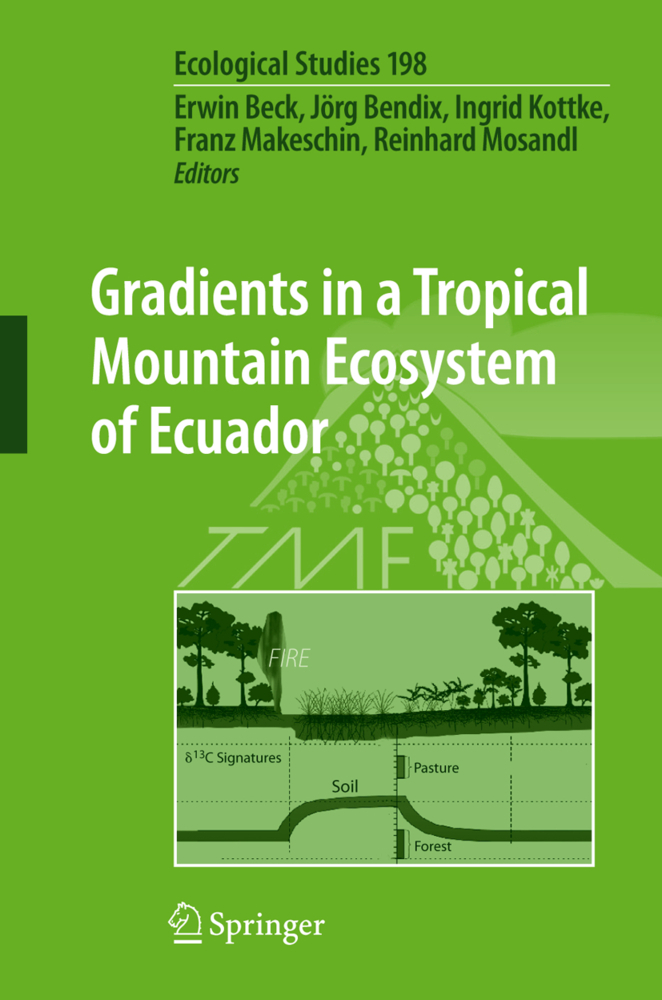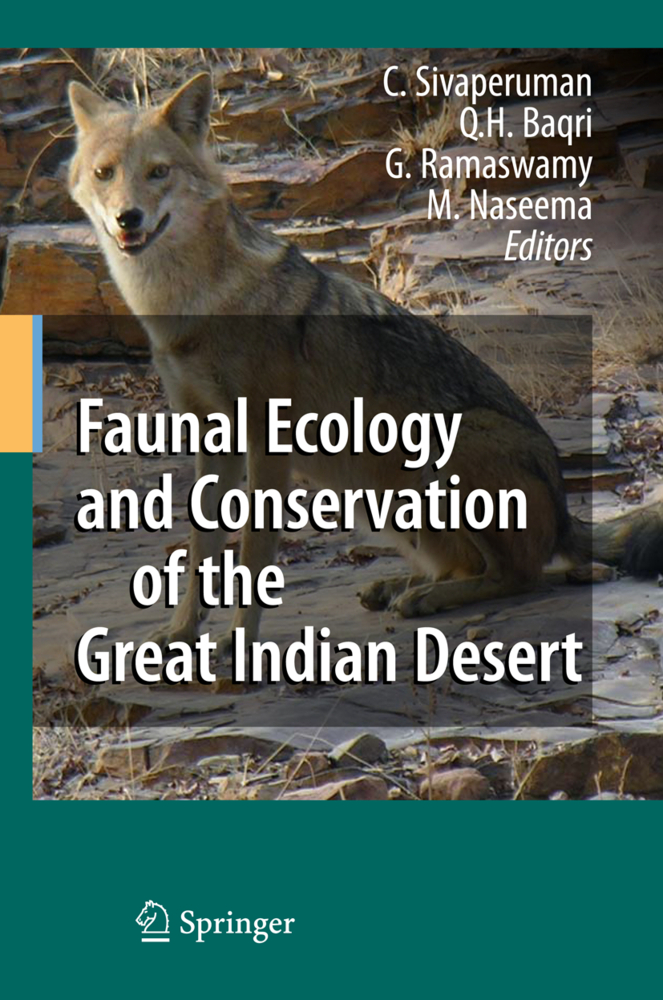Species Richness
Patterns in the Diversity of Life
Patterns in the numbers of species have fascinated naturalists for centuries. Understanding the causes of latitudinal gradients in species richness and biodiversity 'hotspots' is often considered to be the holy grail of ecology. Extinctions in the past offer insight into what may occur in the future under climate change and habitat loss. The subject of vegetation-climate interaction is a compelling issue scientifically and is also of importance for land management practices.
1;Title Page;3 2;Copyright Page;4 3;Table of Contents;5 4;Dedication;12 5;Preface;13 6;List of figures;14 7;List of tables;17 8;List of abbreviations and acronyms;18 9;1 Local-scale patterns in species richness;19 9.1;1.1 Local-scale trends in species richness;19 9.2;1.2 What is species richness?;19 9.3;1.3 What is meant by "local" variations in species richness?;21 9.4;1.4 Local-scale patterns are most noticeable in organisms that don't move around much;22 9.5;1.5 A related and important question: How do species coexist anywhere?;22 9.6;1.6 Different scales of species richness, from local to geographical;32 9.7;1.7 A varied environment tends to allow more species in;34 9.8;1.8 Using models to validate the logic of the role of disturbance in allowing coexistence;39 9.9;1.9 Do humpback curves really occur along disturbance gradients?;41 9.10;1.10 Grime and Tilman: disturbance creates other sorts of opportunities for coexistence, and variation in levels of disturbance affects these opportunities;43 9.11;1.11 When strategies mix-the humpback curve with succession, after a disturbance;44 9.12;1.12 The "other" humpback curve: along gradients in nutrient levels;45 9.13;1.13 Species richness is a balancing act between the effects of disturbance and nutrients;51 9.14;1.14 Why hasn't a humpbacked diversity curve been found for animals?;53 9.15;1.15 A quite different explanation for humpbacked diversity curves in plants, in relation to soil fertility;55 9.16;1.16 "Poisoned" and "extreme" environments are usually poor in species;58 9.17;1.17 Mountain-scale patterns in species richness;59 9.18;1.18 Patterns of species richness with depth in the oceans;62 9.19;1.19 Some conclusions about local-scale patterns in species richness;63 10;2 The Holy Grail of ecology: Latitudinal gradients;65 10.1;2.1 Latitudinal trends;65 10.2;2.2 The discovery of latitudinal trends;66 10.3;2.3 Explaining latitudinal gradients;73 10.4;2.4 Non-equilibrium theories: species richness can just keep on rising;78 10.4.1;2.4.1 The effects of ice ages;78 10.4.2;2.4.2 "The tropics are more benign";82 10.4.2.1;2.4.2.1 Are the tropics only more "benign" because most groups evolved in a past warmer world?;84 10.4.2.2;2.4.2.2 Do species "fall into" the tropics?;86 10.4.2.3;2.4.2.3 The mid-domain effect: Is the latitudinal gradient just the sum of chance overlap of ranges?;93 10.4.2.4;2.4.2.4 Are species originating more easily and more often at lower latitudes?;95 10.4.3;2.4.3 A general test of the disequilibrium theories: Has the build-up of species richness continued over time?;97 10.5;2.5 Equilibrium theories: there is a lid on species richness that is higher in the low latitudes;99 10.5.1;2.5.1 The tropics are just bigger;99 10.5.2;2.5.2 More energy, more food in warmer climates: the "speciesenergy hypothesis";99 10.5.3;2.5.3 More strongly seasonal environments mean less chance of occupying a narrow, specialized niche;103 10.5.4;2.5.4 More specialized enemies of plants mean more species can exist side by side at lower latitudes (the Janzen-Connell hypothesis);105 10.5.5;2.5.5 The latitudinal gradient is produced by a balance between growth and disturbance;110 10.6;2.6 The pros and cons of the various theories for latitudinal gradients;112 11;3 Deep time and mass extinctions;114 11.1;3.1 The depth of time;114 11.2;3.2 Species richness can change on a range of time scales;115 11.3;3.3 Sampling the past: the fossil record and species richness;115 11.4;3.4 The broadest scale picture of biological richness, since the beginning of life on Earth;117 11.5;3.5 What caused the sudden initial increase in diversity 540 Myr ago?;122 11.5.1;3.5.1 What could have caused the explosion of animal life after 600 Myr ago?;123 11.5.2;3.5.2 Is the Cambrian Explosion just an effect of better preservation?;124 11.6;3.6 How many species have ever existed?;125 11.7;3.7 Background extinction;127 11.7.1;3.7.1 The causes of background extinction;127 11.8;3.8 Mass extinctions;130 11.9;3.9 The main m
Adams, Jonathan
| ISBN | 9783540742784 |
|---|---|
| Artikelnummer | 9783540742784 |
| Medientyp | E-Book - PDF |
| Auflage | 2. Aufl. |
| Copyrightjahr | 2010 |
| Verlag | Springer-Verlag |
| Umfang | 412 Seiten |
| Sprache | Englisch |
| Kopierschutz | Digitales Wasserzeichen |

